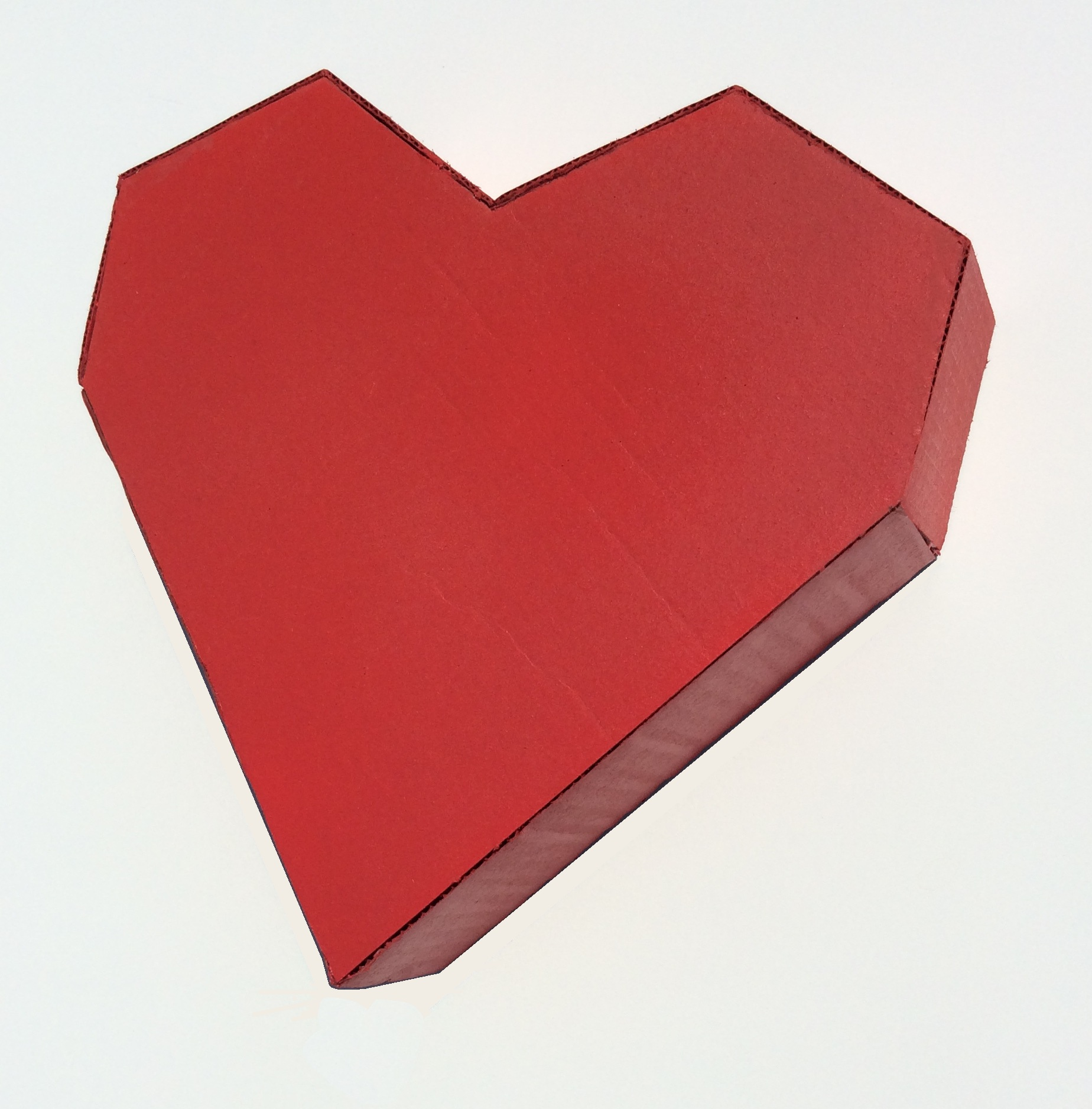Lesson 15
Decomposing Bases for Area
15.1: Are These Prisms? (10 minutes)
Warm-up
The purpose of this warm-up is for students to recognize prisms and their bases. This concept reinforces what was discussed in the previous lesson where students found the volume of different prisms and non-prisms. Students first determine if a given figure is a prism or not and then shade and describe the base of the prism. As students work on the task, monitor for students who are using precise language to describe the reason a figure is a prism.
Launch
Arrange students in groups of 2. Give students 1 minute of quiet work time followed by time to discuss their answers with a partner. Follow with a whole-class discussion.
Student Facing
-
Which of these solids are prisms? Explain how you know.

-
For each of the prisms, what does the base look like?
- Shade one base in the picture.
-
Draw a cross section of the prism parallel to the base.
Student Response
For access, consult one of our IM Certified Partners.
Anticipated Misconceptions
If students struggle to see why figure B is a prism, ask them to point out the base of the figure. It might be helpful to remind them that the base of the figure might not always be on the bottom.
Activity Synthesis
Select previously identified students to share their reasoning. Invite students to share the bases they shaded and the drawings of the cross sections. If not mentioned by students, remind them that a figure is considered a prism if the cross section, when cut parallel to the base, has the same shape as the base of the figure.
15.2: A Box of Chocolates (15 minutes)
Activity
In this activity, students practice mentally dissecting a prism with a non-rectangular base into simpler prisms. The dissection corresponds to a dissection of the base into simpler figures. This expands on students’ ability to calculate the area of a base of a figure that has a rectangular base because here the base is not a rectangle. This prepares students to calculate the volume of this figure and other figures in future lessons.
As students work in their groups, monitor for the different ways students are decomposing or constructing the base of the figure into more familiar shapes.
Launch
Arrange students in groups of 3. Display the image for all to see throughout the activity. Tell students this is what the heart-shaped box mentioned in the task statement looks like.

Give students 2–3 minutes of quiet work time followed by a whole-class discussion.
Supports accessibility for: Organization; Attention
Design Principle(s): Cultivate conversation
Student Facing
A box of chocolates is a prism with a base in the shape of a heart and a height of 2 inches. Here are the measurements of the base.

To calculate the volume of the box, three different students have each drawn line segments showing how they plan on finding the area of the heart-shaped base.

- For each student’s plan, describe the shapes the student must find the area of and the operations they must use to calculate the total area.
- Although all three methods could work, one of them requires measurements that are not provided. Which one is it?
- Between you and your partner, decide which of you will use which of the remaining two methods.
- Using the quadrilaterals and triangles drawn in your selected plan, find the area of the base.
- Trade with a partner and check each other’s work. If you disagree, work to reach an agreement.
-
Return their work. Calculate the volume of the box of chocolates.
Student Response
For access, consult one of our IM Certified Partners.
Student Facing
Are you ready for more?
The box has 30 pieces of chocolate in it, each with a volume of 1 in3. If all the chocolates melt into a solid layer across the bottom of the box, what will be the height of the layer?
Student Response
For access, consult one of our IM Certified Partners.
Activity Synthesis
Select students to share whose method they decided to use and why. Ask students:
- “Whose method could not be used? Why not?” (Lin’s, because we don’t know the base and height of the trapezoids.)
- “How did you find the areas of the base?”
- “What was different about the base of this figure in comparison to other bases we have worked with?” (This base needs to be decomposed to calculate its area.)
- “What was the first thing you did to find the volume?” (Use the area of the base and multiply it by the height of the figure.)
- “Why would a chocolatier want to know the volume of a heart shaped box like this?” (He may want to know how many candies can fit inside of a box.)
Explain to students that they might encounter figures that have non-rectangular bases in future activities or lessons. It will be important for them to think about different strategies to calculate the area of the base.
15.3: Another Prism (10 minutes)
Activity
In this activity, students practice finding the volume of another prism with a non-rectangular base by applying the formula \(\text{Volume} = (\text{Area of the base}) \boldcdot (\text{Height of the prism})\).
As students work on the task, monitor for students who decompose or compose the base of the figure into more familiar shapes.
Launch
Arrange students in groups of 2. Give students 1–2 minutes of quiet work time followed by time to discuss their work with a partner. Follow with a whole-class discussion.
Supports accessibility for: Conceptual processing; Memory
Student Facing
A house-shaped prism is created by attaching a triangular prism on top of a rectangular prism.

-
Draw the base of this prism and label its dimensions.
-
What is the area of the base? Explain or show your reasoning.
- What is the volume of the prism?
Student Response
For access, consult one of our IM Certified Partners.
Anticipated Misconceptions
If students mistake the rectangle for the base of the figure, ask students how we know that this figure is a prism and what the base of this figure needs to be in order to consider it a prism.
Activity Synthesis
Select previously identified students to share the different methods for calculating the area of base. If not brought up by students, explain to students that the base of this figure can be either decomposed into rectangles and triangles or composed into a larger rectangle by adding two additional triangles. Ask students how they used the area of the base to calculate the volume of the figure (area of the base multiplied by the height).
Design Principle(s): Optimize meta-awareness; Support sense-making
Lesson Synthesis
Lesson Synthesis
- “When the base is not a rectangle or triangle, what are some methods for finding the area?” (We can cut the base apart into rectangles and triangles or imagine a larger shape that has been cut into the base.)
Here, we mostly imagined cutting the base apart to find its area, but we could have imagined cutting the original object into smaller objects, then finding the volume of each piece and adding them together.
15.4: Cool-down - Volume of a Pentagonal Prism (5 minutes)
Cool-Down
For access, consult one of our IM Certified Partners.
Student Lesson Summary
Student Facing
To find the area of any polygon, you can decompose it into rectangles and triangles. There are always many ways to decompose a polygon.

Sometimes it is easier to enclose a polygon in a rectangle and subtract the area of the extra pieces.
To find the volume of a prism with a polygon for a base, you find the area of the base, \(B\), and multiply by the height, \(h\).

\(\displaystyle V = Bh\)